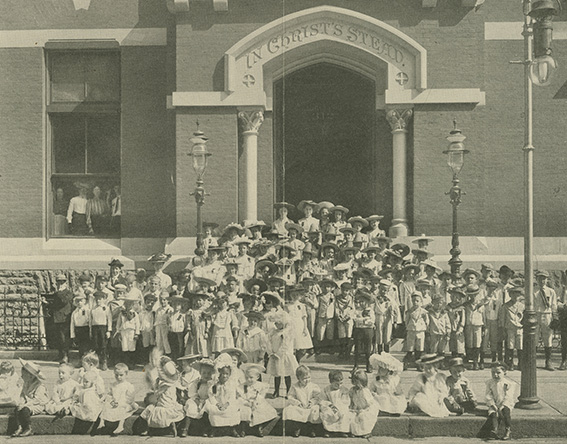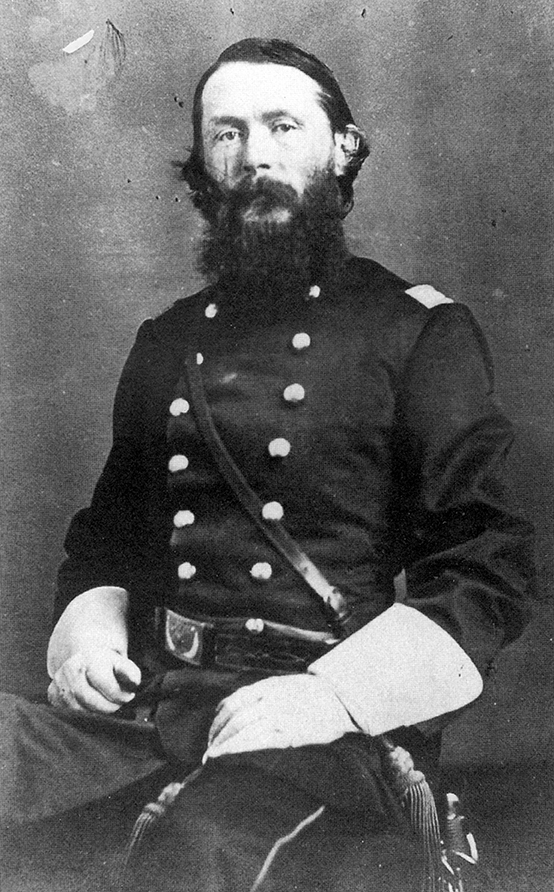
The Children’s Home of Cincinnati, 1903
In my previous blogs, I have explored the history of Cincinnati’s House of Refuge and the records of the institution that are still available. Throughout my journey, I have been struck by the number of homeless children and children without adequate homes who were placed in this juvenile detention facility. One of the questions that I have been exploring is why these children were placed in the House of Refuge and not in another institution. My first thought was that there must not have been anywhere for these children to go, but a search for orphanages and other institutions in 19th Century Cincinnati has revealed that there actually were institutions that cared for children who had been abandoned, neglected, or whose parents were simply unable to care for them. So why were children who were not juvenile delinquents living in the House of Refuge? It seems that one reason may have been because there was not a standardized or centralized way of dealing with neglected, abused or homeless children in the city.[1]
Services for children in need in 19th century Cincinnati were controlled by different entities and the placement of children was often influenced by religion, ethnicity, and race. Orphanages in Cincinnati were almost exclusively privately run and they were often affiliated with a particular religion. Some took in children who were homeless or children who the administrators felt were not adequately cared for by their parents, but other institutions only accepted orphans whose parents were either both deceased or whose parents were contributing members. In addition, only a few institutions in 19th century Cincinnati, including the House of Refuge, accepted African American children. A closer look at a few of these early Cincinnati orphanages shows how their services differed and overlapped. Continue reading →






 All UC Libraries locations will be closed Monday, May 28 in observance of Memorial Day, except for the
All UC Libraries locations will be closed Monday, May 28 in observance of Memorial Day, except for the 

